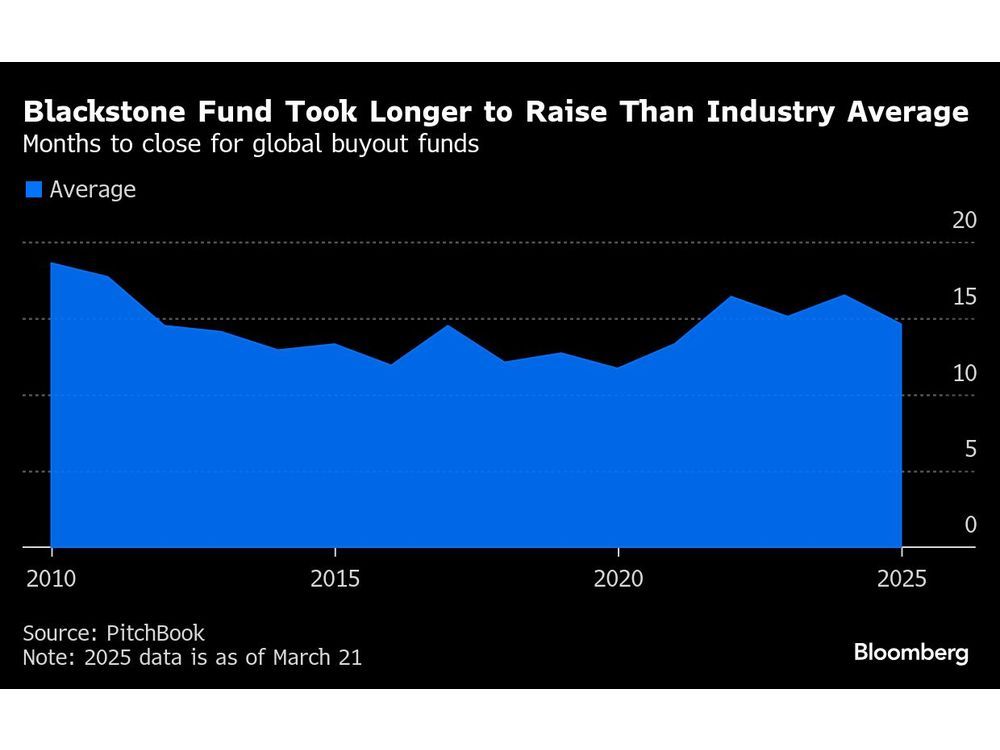An investment portfolio can be constructed by using momentum, minimum-variance, or mean-variance approaches. It involves combining assets in a way that optimizes risk and return. Each approach offers its own trade-offs: momentum strategies may suffer during market reversals, while minimum-variance portfolios may underperform in strongly trending markets. Meanwhile, mean-variance portfolios require assumptions about expected returns and covariances, which may not hold in practice.
Reference [1] introduces a novel portfolio construction technique based on options prices. Essentially, the authors employ sector ETF options to derive implied risk-neutral distributions, which are subsequently transformed into real-world distributions. These real-world distributions are then utilized within a portfolio optimization framework to construct a sector ETF portfolio. They pointed out,
We adopt a comprehensive financial modeling approach to sector investing with ETFs. Significant and robust outperformance is achieved. The comprehensive strategy beats the passive benchmark and simpler active approaches (including pure sector momentum, Minimum-Variance, and Mean-Variance portfolios) in terms of a range of performance measures out-of-sample.
The after-cost outperformance of the comprehensive strategy is more pronounced when the portfolio is rebalanced quarterly or annually to limit portfolio turnover and transaction costs, and in high volatility states, when markets are expected to be least efficient and option prices are expected to be most informative.
Several elements of the methodology stand out as being particularly effective: option-implied probabilities estimated using the Heston model, risk transformation of the risk-neutral distribution, and the use of SD constraints to account for skewness and tail risk.
In short, the article demonstrates that option-implied probability density distributions can be utilized for constructing investment portfolios. The resulting portfolios exhibit favorable risk-adjusted returns.
Let us know what you think in the comments below or in the discussion forum.
References
[1] Thomas Conlon, John Cotter, Illia Kovalenko, Thierry Post, A financial modeling approach to industry exchange-traded funds selection, Journal of Empirical Finance 74 (2023) 101441
Further questions
What's your question? Ask it in the discussion forum
Have an answer to the questions below? Post it here or in the forum

